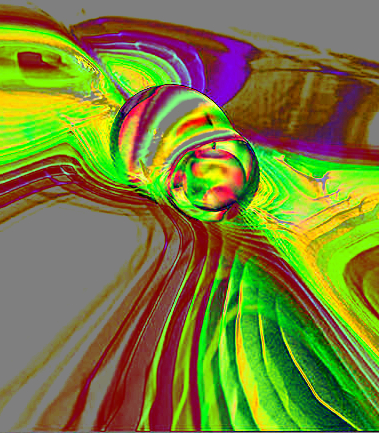Ultrasound drives drug delivery
 Researchers from the United States have developed a method to deliver drugs precisely to targeted parts of the body using ultrasound.
Researchers from the United States have developed a method to deliver drugs precisely to targeted parts of the body using ultrasound.
The new technique involves encasing drugs in nanodroplets that release their payload when activated by a focused ultrasound beam.
This allows for the precise delivery of medication to specific areas, potentially only a few millimetres across.
The nanodroplets consist of a polymer shell with a core of perfluorocarbons mixed with the drug. The ultrasound causes the core to expand, stretching the shell and allowing the drug to diffuse out. The ultrasound beam can be accurately directed, ensuring that the drug is released exactly where it is needed.
The researchers initially tested the technique in vitro and in a macaque.
The nanodroplets were reportedly well-tolerated with no detectable side effects.
The team plans to begin human trials soon. They hope the technology can be used for various medical applications, including the delivery of treatments for mental illnesses to specific brain regions.
“For psychiatric applications, localised delivery of propofol could be used as a diagnostic tool to identify brain regions causally involved in disorders for individual patients,” said Dr Jan Kubanek, an assistant professor at the University of Utah and the study’s senior author.
“For more lasting treatment, ketamine delivery could be a potent method to rewire neural circuits.”
The researchers have published their protocol for producing the nanodroplets, allowing other research groups to benefit from their findings.
This open approach aims to accelerate the development and application of this promising technology in various medical fields.
The study is published in Frontiers in Molecular Biosciences.








 Print
Print